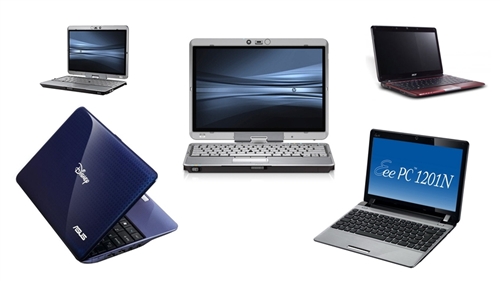Ultrabooks are quickly becoming popular choices for consumer PCs. Although they sport the traditional clamshell design and keyboard/trackpad input of a laptop, they also have speedy SSD drives and extended battery life, meaning that they combine some of the best features of both PCs and mobile devices. However, procuring and working with an SSD-enabled Ultrabook can be a tricky process. Consumers may be better off avoiding inexpensive but slow models with HDD, as well as the potential fragmentation headaches that those drives can cause.
In terms of specifications, Ultrabooks typically feature an HD display and instant wake from sleep. Although they lack optical drives, their USB ports can support a DIGISTOR External Drive that provides self-powered disc read/write capabilities for additional storage.
According to IndiaTVNews' Aseem Gaurav, the next generation of Ultrabooks will feature touch screens and wireless display technology to allow for easier video streaming. They will also be required by Intel, which dictates Ultrabook specs, to wake from sleep in fewer than three seconds, underscoring the centrality of speedy SSD technology to the Ultrabook line.
Should an SSD drive ever be defragmented?
As opposed to traditional HDD-based computers, Ultrabooks should never need to have their SSDs defragmented. In the early days of NAND flash technology, drives postponed cell erasures until they had exhausted their supplies of unwritten cells. Cells whose storage had been written and then erased were simply marked as used, and performance could arise once the drive had to finally clean up old cells.
However, the TRIM command, which performs regular garbage collection on cells, addressed this issue and enhanced SSD performance. This feature is supported on the two most recent versions of Windows.
"Conventional logic dictates that you should never defrag an SSD, because the SSD controller writes data in a scattershot-fashion to multiple NAND chips and locations, using algorithms that only the controller understands," explained PCWorld contributor Jon Jacobi. "The operating system sees it as a hard drive with sectors, but the data is spread all over the drive by the controller. "
Nevertheless, some SSD defragmentation tools have come to market, promising drive optimization. Jacobi stated that such tools are likely only useful if an individual is working with an operating system that does not natively support TRIM. Additionally, defragmentation tools may force the SSD to expend valuable write cycles that could be better used for handling files.


Recent Comments